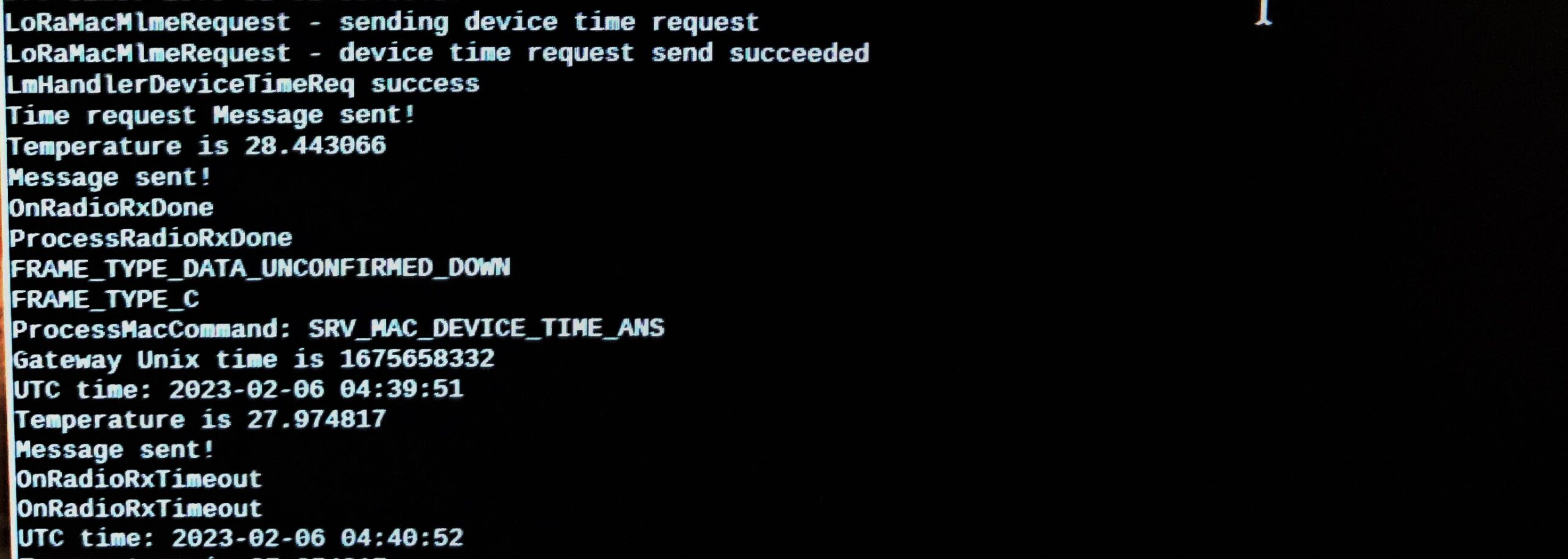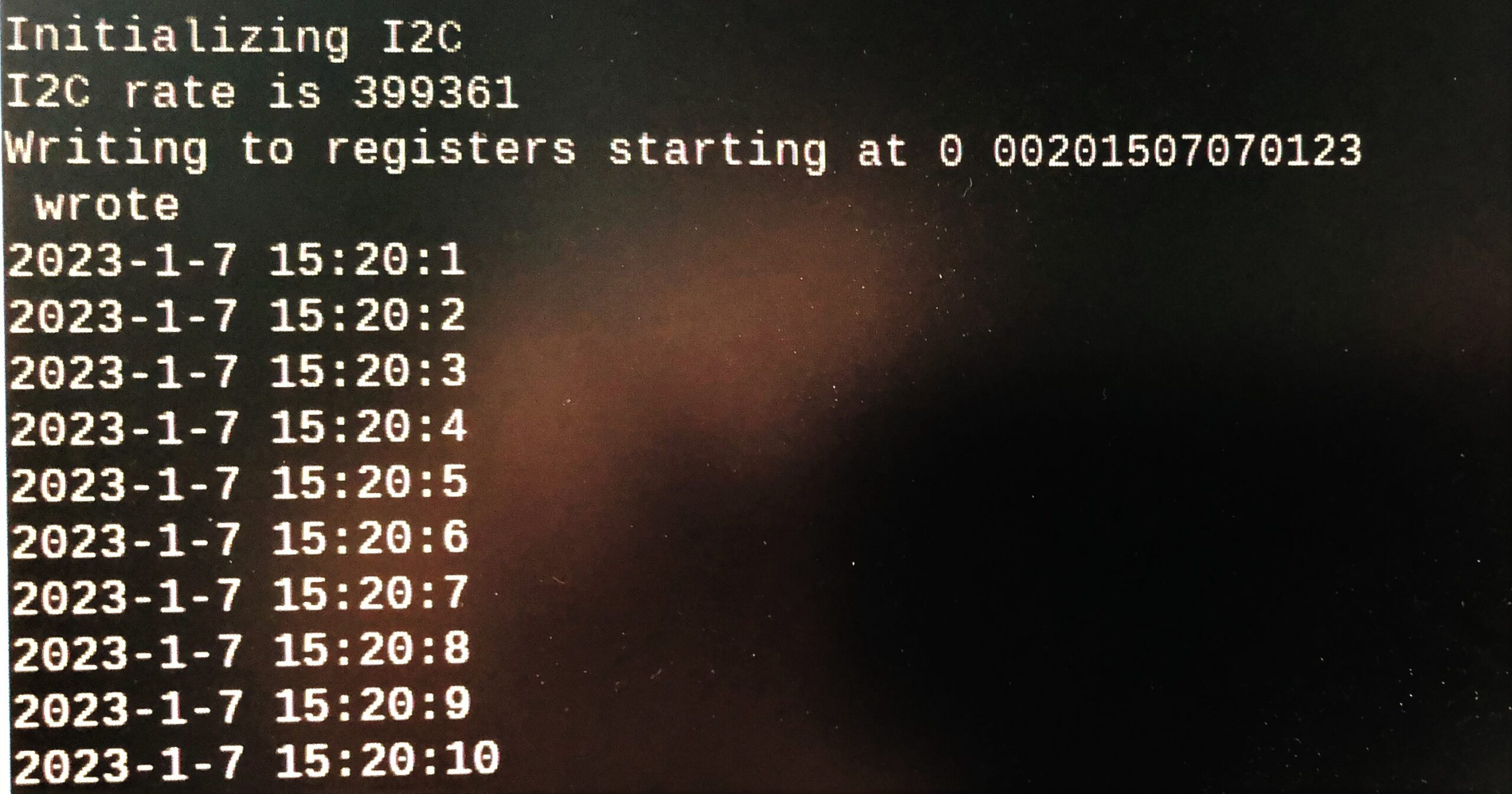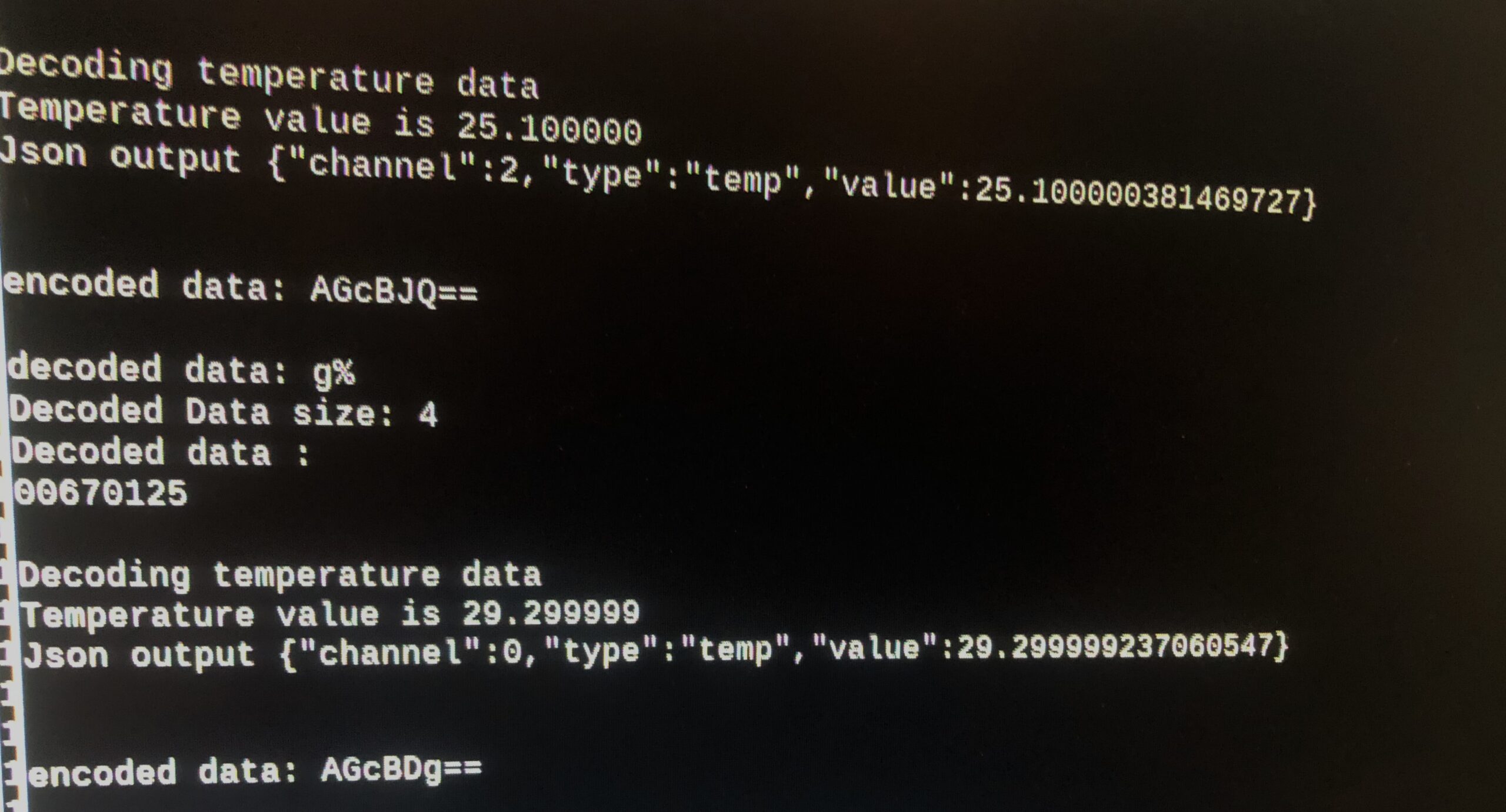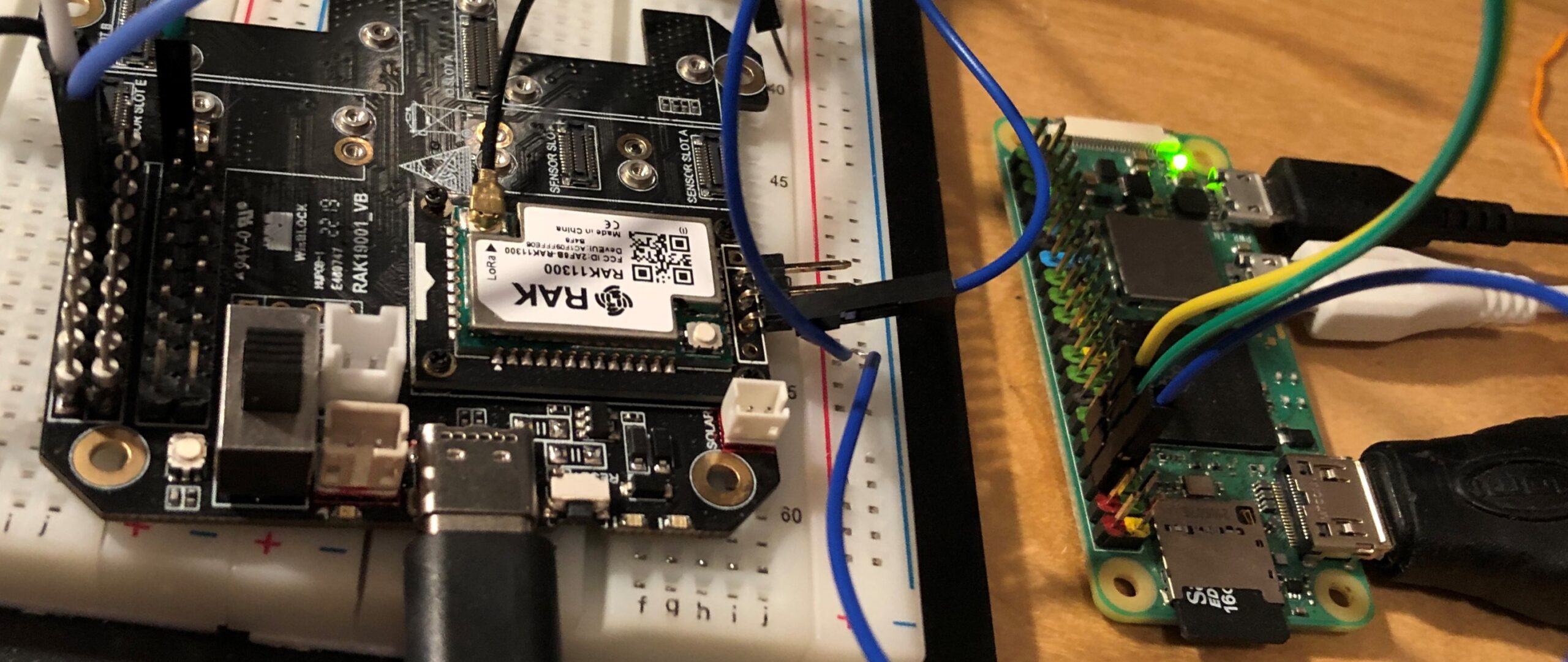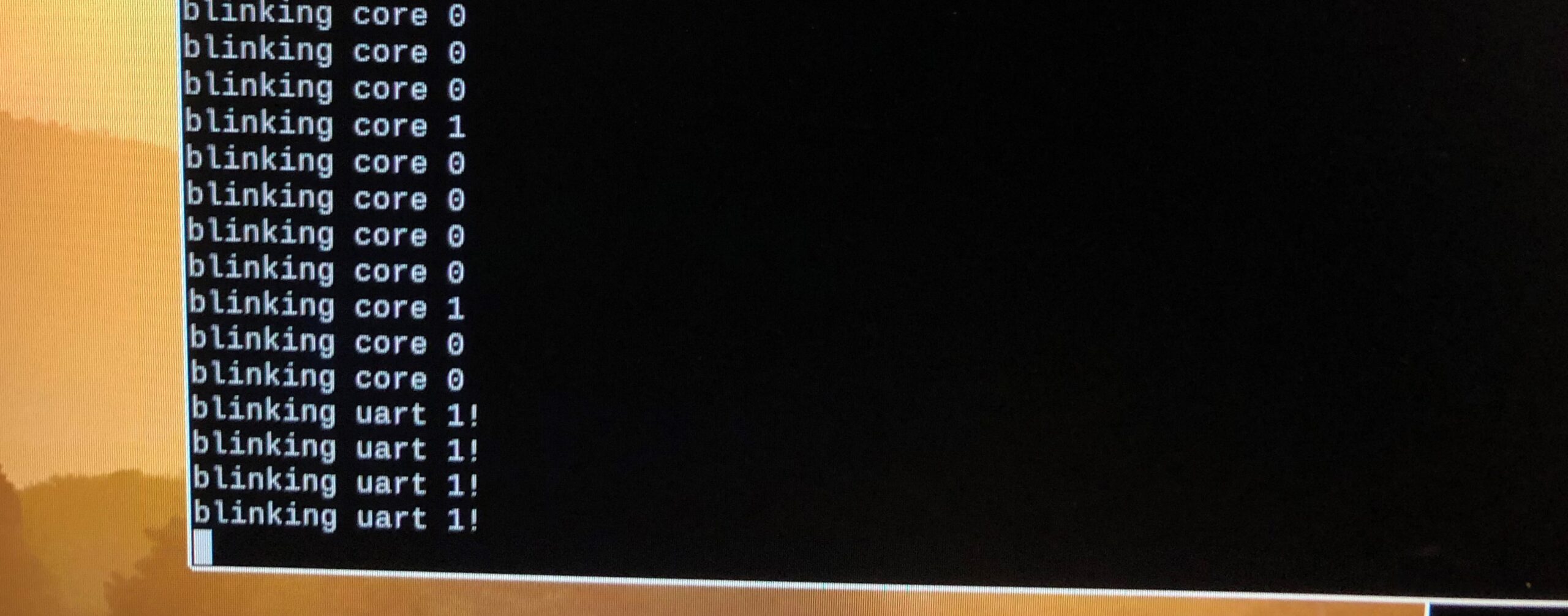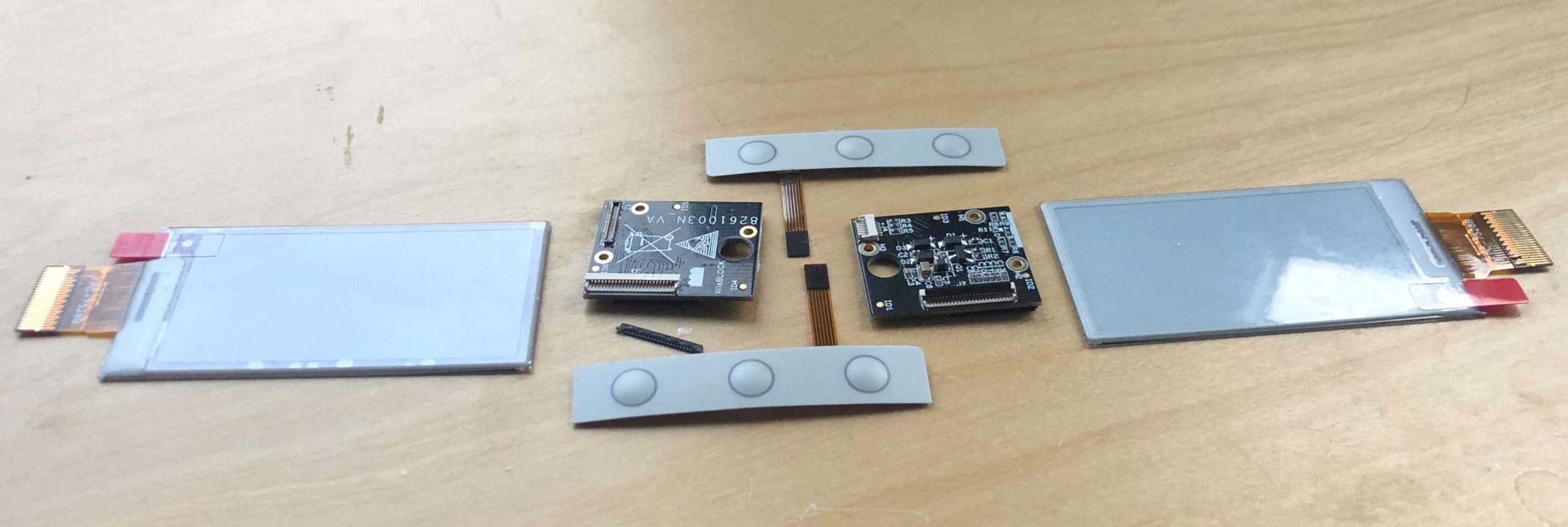SimplSensor
Mark Nahirny
I have been working with Raspbery Pis for the past few years developing seismic sensors but with the severe shortage and high price of Raspbery Pis I have started to turn my attention to microcontrollers. I have done some work with Arduinos but am intrigued by the Raspberry Pi Pico. It is well documented, readily available, inexpensive, has many I/O options and is dual core. The SDK has many good examples and since I have always used C-based languages, the software environment is comfortable for me.
There are many sensor modules available but most example code is for the Arduino IDE. My preference is to use Visual Studio Code and my intention is to share my sample code in case there are others who are also interested in going this route.
I have put together some articles that may be helpful and save people some time. My intent is that this is a community service and I do not want to annoy anyone with irritating flashing ads.
-
LoRa Gateway Time Request
In my continuing series about programming WisBlock RAK 11310 devices using the native RP2040 SDK and the LoRaMac-node library, this article focuses on retrieving the current date and time from the LoRa gateway and setting the device real time clock. In addition to sending sensor readings to a central server via LoRaWan, the devices that…
-
WisBlock LoRaWan DevNonce
The LoRaWan specification indicates that a device can only use a dev-nonce once. If the device powers down and needs to re-establish a connection to a LoRa Gateway it either needs to start at 1 and step through each value until one that has not been used is found, or it needs to store the…
-
WisBlock RTC
The RAK12002 WisBlock RTC module is a low cost extremely low power real time clock module based on the RV-3028-C7 from Micro Crystal. It only consumes 40 nA and also has 43 bytes of non-volatile user memory. Rather than a battery backup it has a small super capacitor that will operate the device for a…
-
Chirpstack Relay
Although it is convenient and popular to use The Things Network (TTN) to receive LoRaWan messages I decided not to go this route for a couple of reasons. First when I received my RAK2245 gateway I tried to register it but was not able to because the gateway’s EUI was already registered. Perhaps I received…
-
WisBlock LoRaWan
Part 6 in my Exploring Wisblock series RAK Wireless provides Arduino and Platform IO libraries for the various WisBlock modules, including LoRaWan. I have had trouble working with them, as noted in my other posts, but they also are not able to take advantage of the second RP2040 core. Therefore I have been using the…
-
Wisblock GPS
Part 5 in my Exploring Wisblock series Source code for this example can be found here. Many sensors are deployed in the field and not connected to wifi or ethernet. The device may send LoRa messages to a gateway and/or it may have a display that needs to be read. In order for such a…
-
Multicore Data Acquisition
Part 4 in my Exploring WisBlock Series – Read Accelerometer Data on Core 1 Source code for this example can be found here. My goal in this series of articles has been to develop a device that could read and process accelerometer data on one core of a RP2040 microcontroller and display and communicate the…
-
RAK11310 Multicore
Part 3 in my Exploring Wisblock series Source code for this example can be found here. The RAK11310 Core module is based on the RP2040, the microcontroller used in the Raspberry Pi Pico. This is a dual core Arm Cortex-M0+ processor so I was curious to see if the second core can be used in…
-
WisBlock E-Paper Displays
Part 2 in my Exploring Wisblock series I’ve been working with e-paper displays for a few years, starting with the PaPirus Raspberry Pi HAT and more recently with Waveshare 2.7 inch e-paper HAT. The Papirus seemed to have quality issues and over time the displays would deteriorate. I have not had any significant problems with…
-
WisBlock IDE Installation
Part 1 in my Exploring Wisblock series I’ve been developing a custom sensor HAT for Raspberry Pi for a few years but with the shortage of Pis I decided to explore other options. One intriguing option is the RAK Wireless WisBlock ecosystem. These are building block components that promise very easy assembly, a wide variety…
